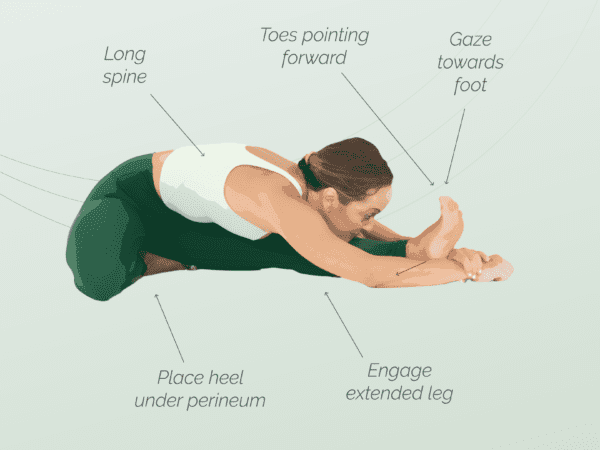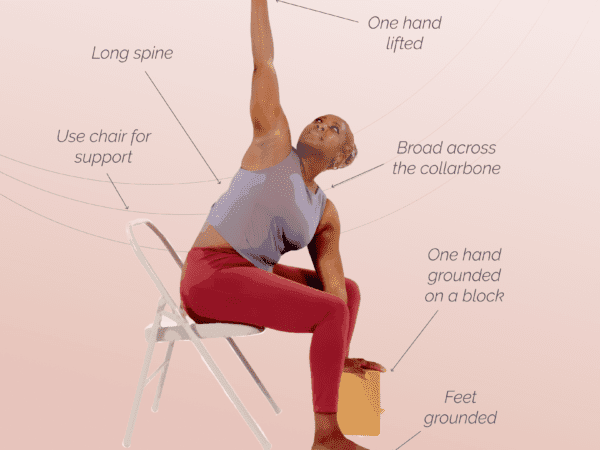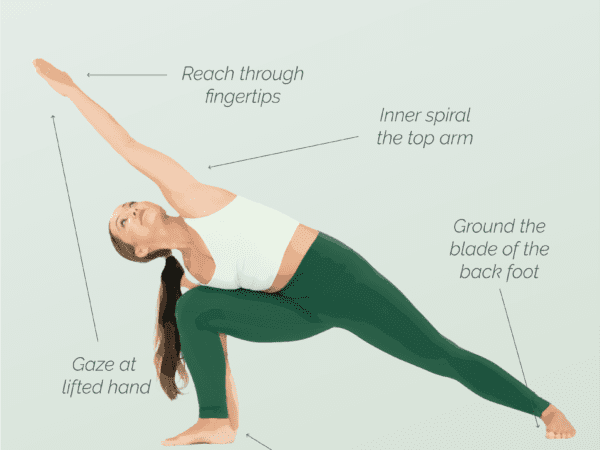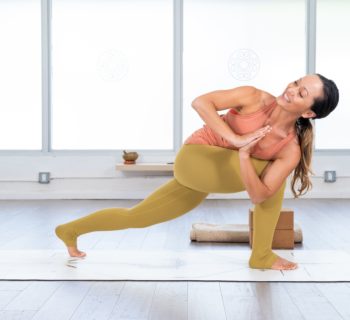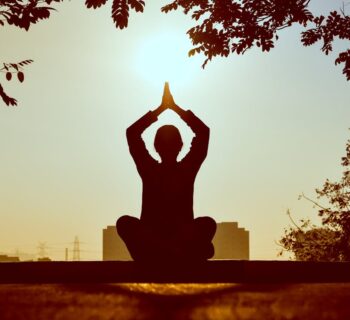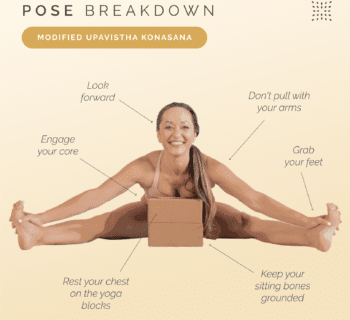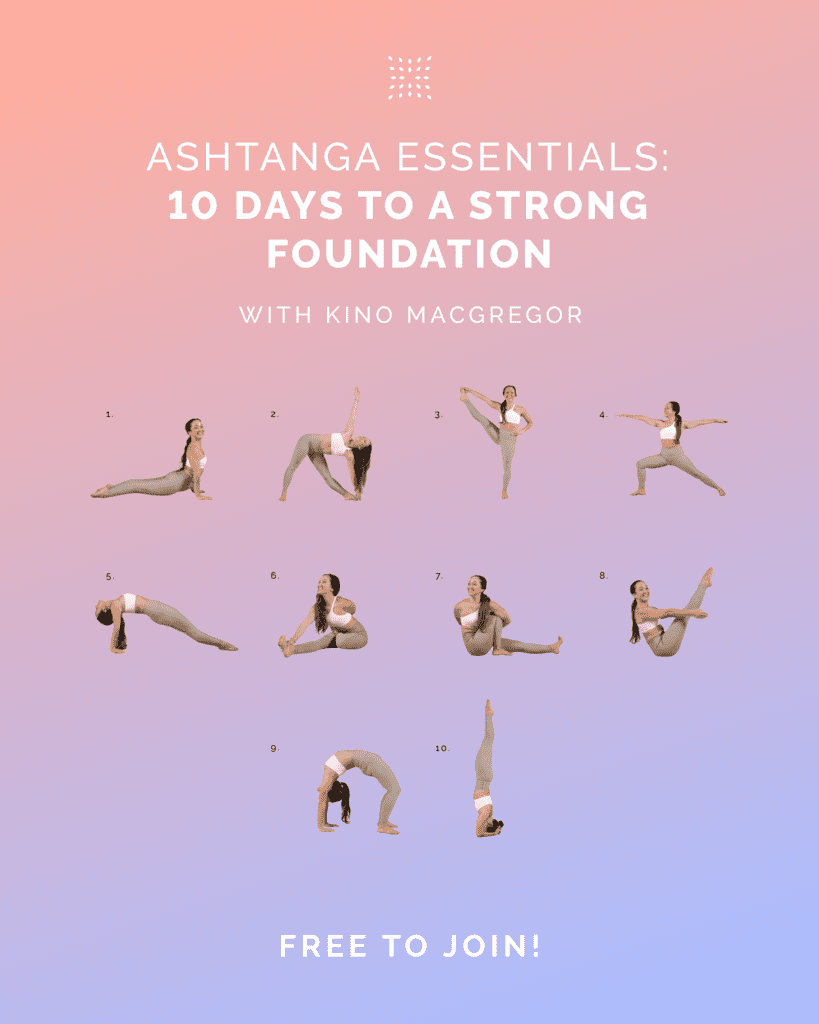Are you ready to take your yoga practice to new heights? Tri pada adho mukha svanasana, also known as three-legged downward dog, is a powerful and invigorating asana that will challenge your strength and balance. In this article, we will guide you through the steps of performing tri pada adho mukha svanasana, as well as discuss its many benefits and any precautions you should take. Whether you are a beginner or an experienced yogi looking to expand your repertoire, this pose is sure to bring a new level of excitement to your practice. So, roll out your mat, take a deep breath, and let’s dive into the world of tri pada adho mukha svanasana.
What are the benefits of practicing tri pada adho mukha svanasana?
Tri pada adho mukha svanasana, also known as three-legged downward dog, is a powerful yoga pose that offers a multitude of benefits for both the body and the mind.
1. Strengthens the upper body: This pose primarily engages the arms, shoulders, and upper back, helping to build strength in these areas. Regular practice of tri pada adho mukha svanasana can tone and sculpt your arms, while also improving your posture.
2. Tones the core muscles: As you lift one leg off the ground in a split position, it activates the core muscles to maintain stability and balance. This not only strengthens the abdominal muscles but also helps to improve your overall core strength.
3. Stretches the hamstrings and calves: The extended leg in tri pada adho mukha svanasana provides a deep stretch to the hamstrings and calves. Regular practice of this pose can lengthen these muscles, increase flexibility, and improve your overall range of motion.
4. Improves balance and stability: Balancing on one leg in three-legged downward dog challenges your stability and improves your sense of balance.
Contraindications for Tri Pada Adho Mukha Svanasana (Three-Legged Downward Dog)
While this pose offers numerous benefits, it is important to be aware of any contraindications or precautions before attempting this pose. Here are a few situations where it is advised to avoid or modify tri pada adho mukha svanasana:
1. Wrist or shoulder injuries: If you have a wrist or shoulder injury or any condition that causes pain or limited mobility in these areas, it is best to avoid or modify this pose. You can choose to practice with the support of props or consult with a yoga teacher or healthcare professional for alternative options.
2. High blood pressure: If you have high blood pressure or are prone to dizziness or headaches, it is recommended to avoid or modify this pose. The inverted nature of tri pada adho mukha svanasana can increase blood pressure, so it is important to prioritize your safety and well-being.
3. Pregnancy: Pregnant individuals should exercise caution. It is best to consult with a prenatal yoga instructor or healthcare professional to determine if this pose is suitable for your individual condition.
4. Recent abdominal surgery: If you have recently undergone abdominal surgery or have any abdominal conditions that could be aggravated by intense core engagement, it is advised to avoid or modify this pose.
As with any yoga pose, it is crucial to listen to the wisdom of your body and practice with mindfulness and awareness. If you experience any pain, discomfort, or dizziness during Tri Pada Adho Mukha Svanasana, it is important to come out of the pose and seek guidance from a qualified yoga teacher or healthcare professional.
How to Do Tri Pada Adho Mukha Svanasana (Three-Legged Downward Dog)
1. Start in adho mukha svanasana (downward-facing dog) with your hands shoulder-width apart and your feet hip-width apart. Spread your fingers wide and press your palms firmly into the mat.
2. Engage your core muscles. Lift your right leg up towards the ceiling. Keep your hips level and square towards the ground.
3. Point your right foot. Root down through your left foot.
4. Hold the pose for a few breaths, focusing on keeping your core engaged and your shoulders relaxed.
5. Slowly lower your right leg back down to the ground and repeat the same steps with your left leg.
How long should I hold tri pada adho mukha svanasana for?
When it comes to practicing yoga poses, including tri pada adho mukha svanasana (three-legged downward dog), the duration of holding each pose can vary depending on your skill level and overall comfort. However, as a general guideline, holding the posture for about 30 seconds to 1 minute is a good starting point.
As a beginner, it’s essential to focus on proper alignment and gradually build up strength and flexibility in your body. By holding the pose for this duration, you give yourself enough time to experience the benefits of the pose and also allow your body to adapt and grow in the practice.
What modifications can I make to tri pada adho mukha svanasana?
1. Use a yoga block: If you struggle with balancing on one leg or reaching the lifted leg higher, place a yoga block under your hands. This will bring the ground closer to you and provide additional stability and support.
2. Bend the lifted leg: Instead of extending the lifted leg straight back, try bending the knee and keeping the foot flexed. This modification will help you stabilize and focus on building strength in the supporting leg.
3. Step the lifted leg out to the side: If balancing on one leg is challenging, you can modify by stepping the lifted leg out to the side. This modification will still engage the core and build strength while reducing the demand on your balance.
Additional tips for doing Tri Pada Adho Mukha Svanasana (Three-Legged Downward Dog)
– Warm up your body before attempting this pose. Engage in some gentle stretching and strengthening exercises to prepare your muscles and joints.
– Focus on proper alignment. Ensure that your hands are shoulder-width apart and your fingers are spread wide for a strong foundation. Your shoulders should be stacked over your wrists, and your hips should be lifted and squared.
– Engage your core muscles throughout the pose. This will help you maintain stability and control.
– Keep a long spine by lengthening through your tailbone and reaching your crown towards the floor. Avoid collapsing or rounding your upper back.
– As you lift one leg, maintain a neutral pelvis and avoid tilting or rotating your hips.
– Breathe deeply and steadily throughout the pose. Use your breath to find ease and relaxation in the pose, even if it feels challenging.
– Listen to your body and honor its limits. If you experience any pain or discomfort, ease off the pose or try a modification that feels more comfortable for you.
– Practice patience and consistency. Tri pada adho mukha svanasana may not come easily at first, but with regular practice, you will gradually build the strength and flexibility needed to find stability in the pose.
– Finally, remember to enjoy the process. Tri pada adho mukha svanasana can be a fun and empowering pose. Embrace the journey and celebrate your progress along the way.
In conclusion, tri pada adho mukha svanasana is a challenging yet rewarding yoga pose that offers numerous benefits for the mind and body. By incorporating this pose into your yoga practice, you can improve your balance, build strength in your core and upper body, stretch your hamstrings and calves, and increase your overall flexibility.
Are you looking for more guidance on your yoga journey? Sign up for Omstars to get access to thousands of yoga classes in the comfort of your own home. Click here to start your subscription.



